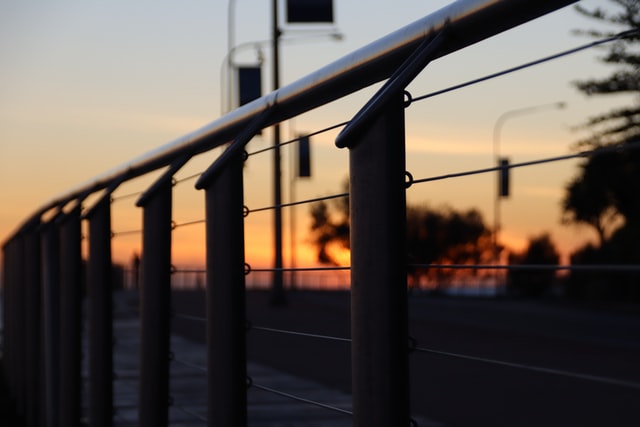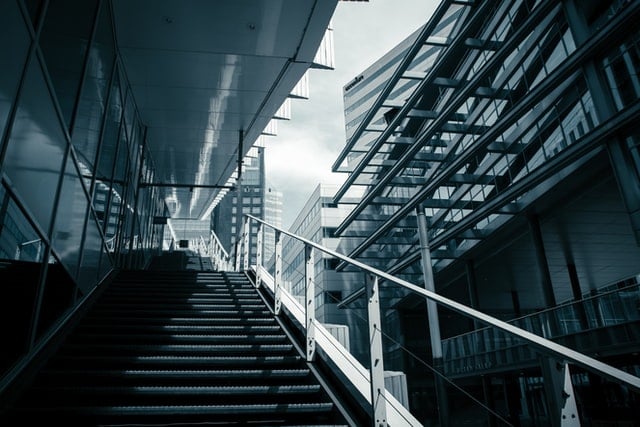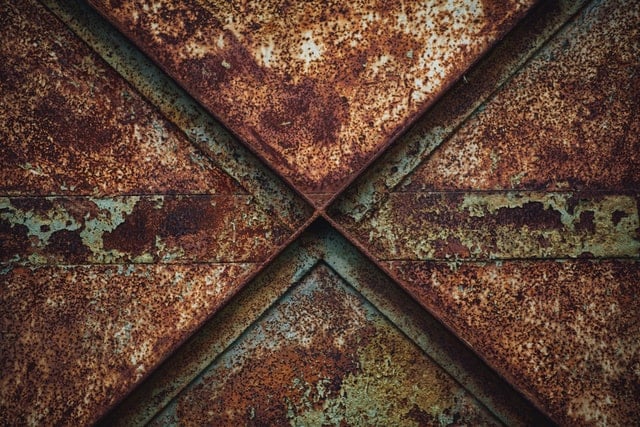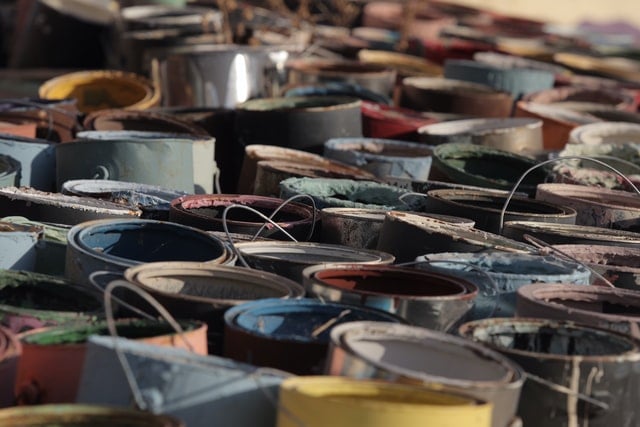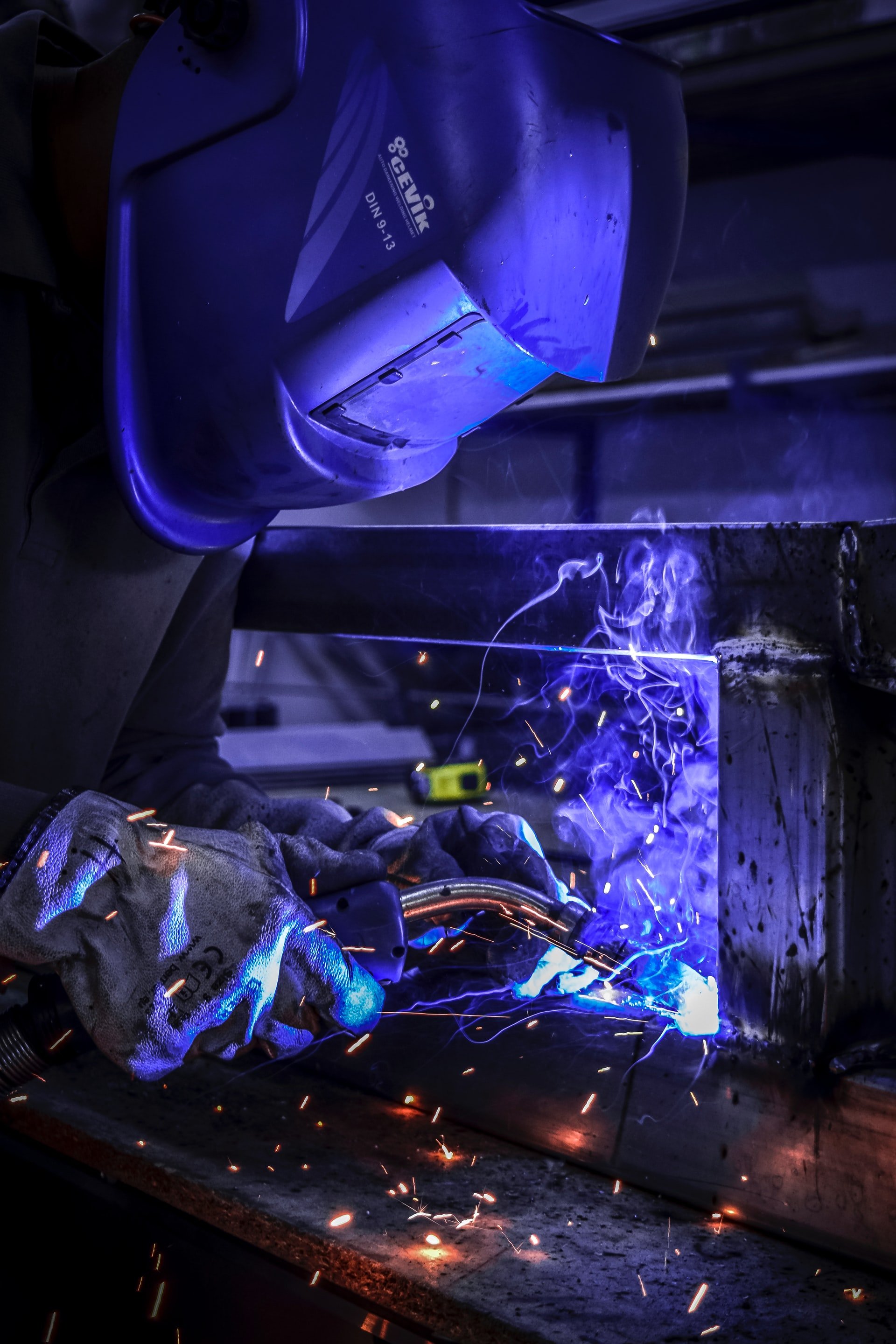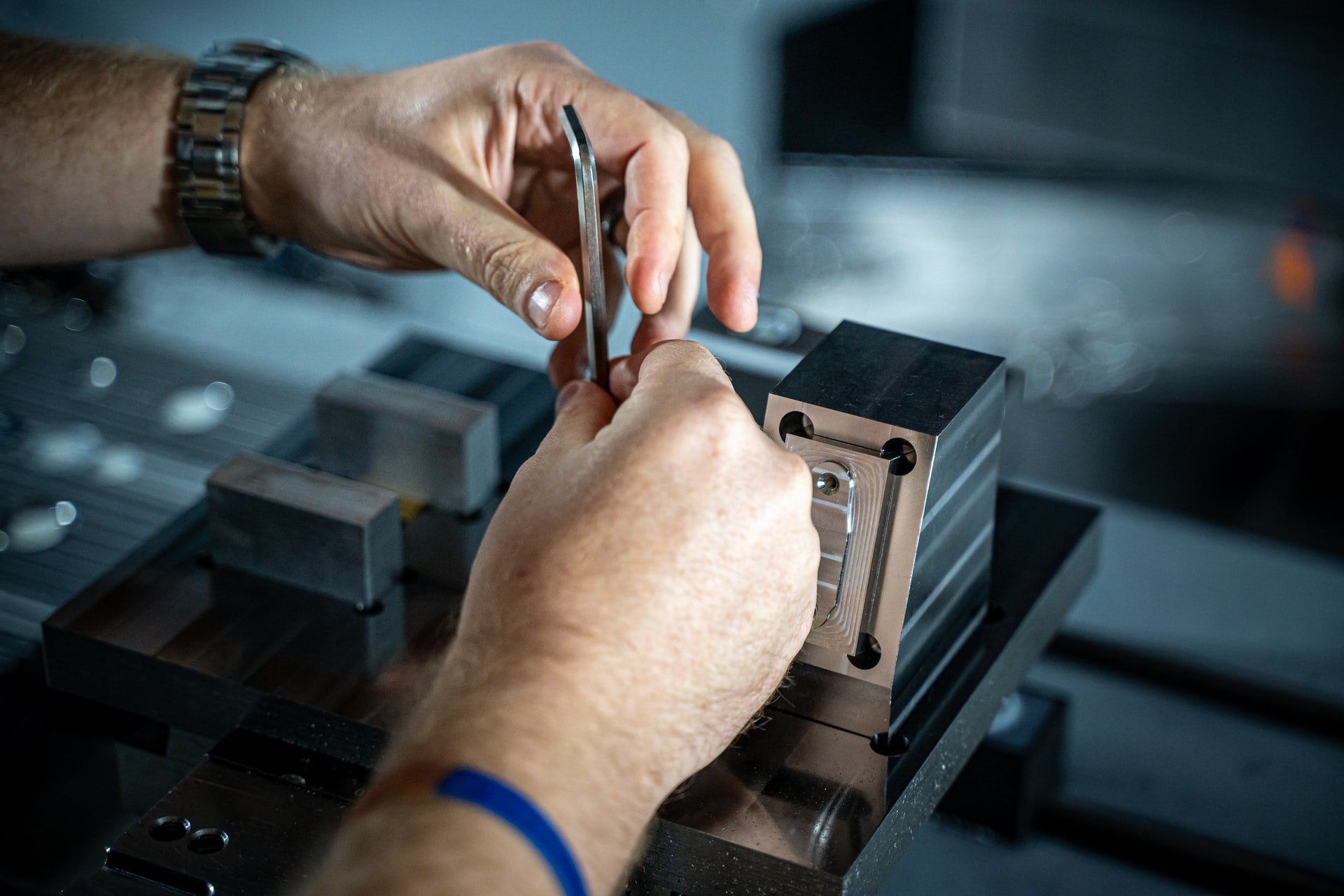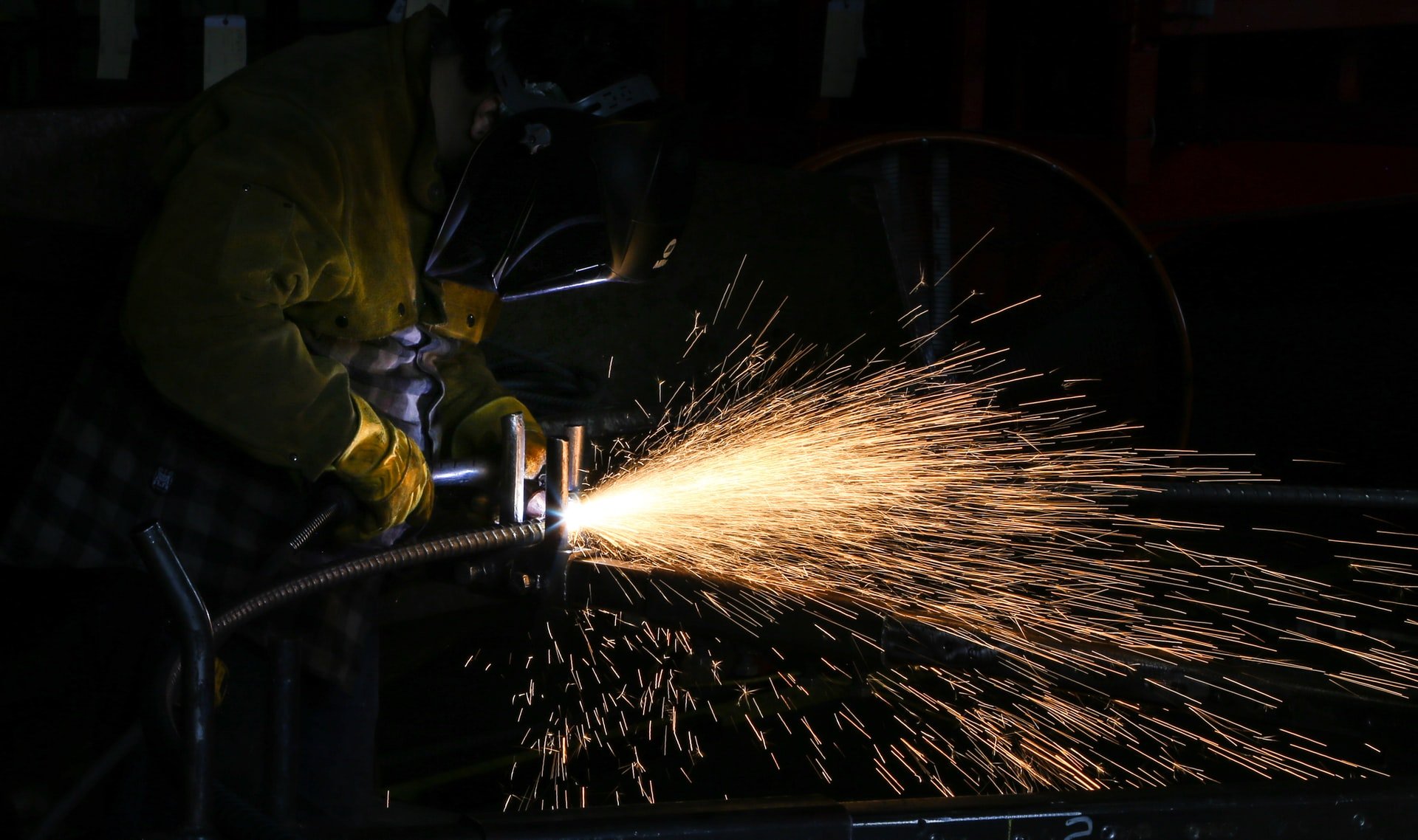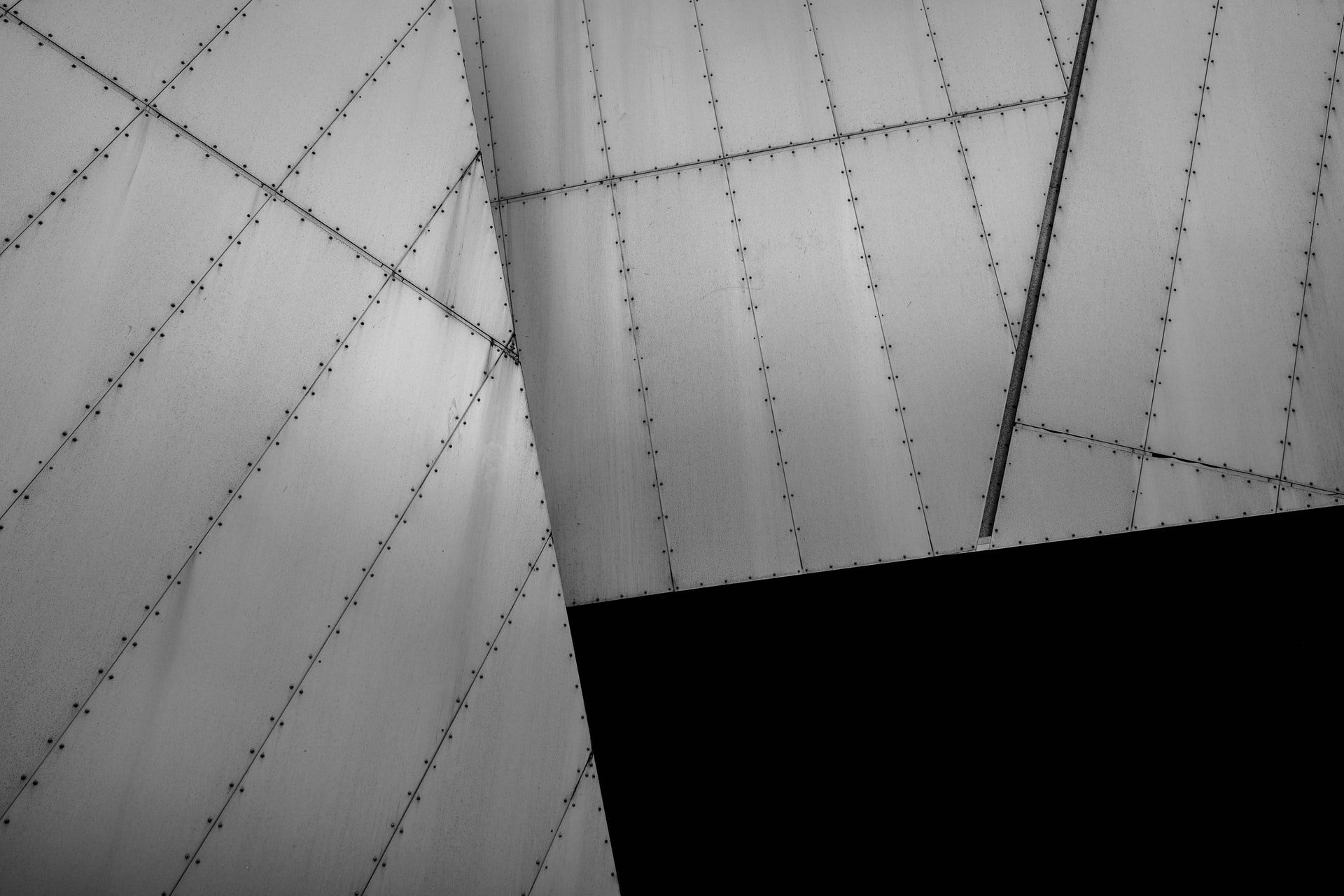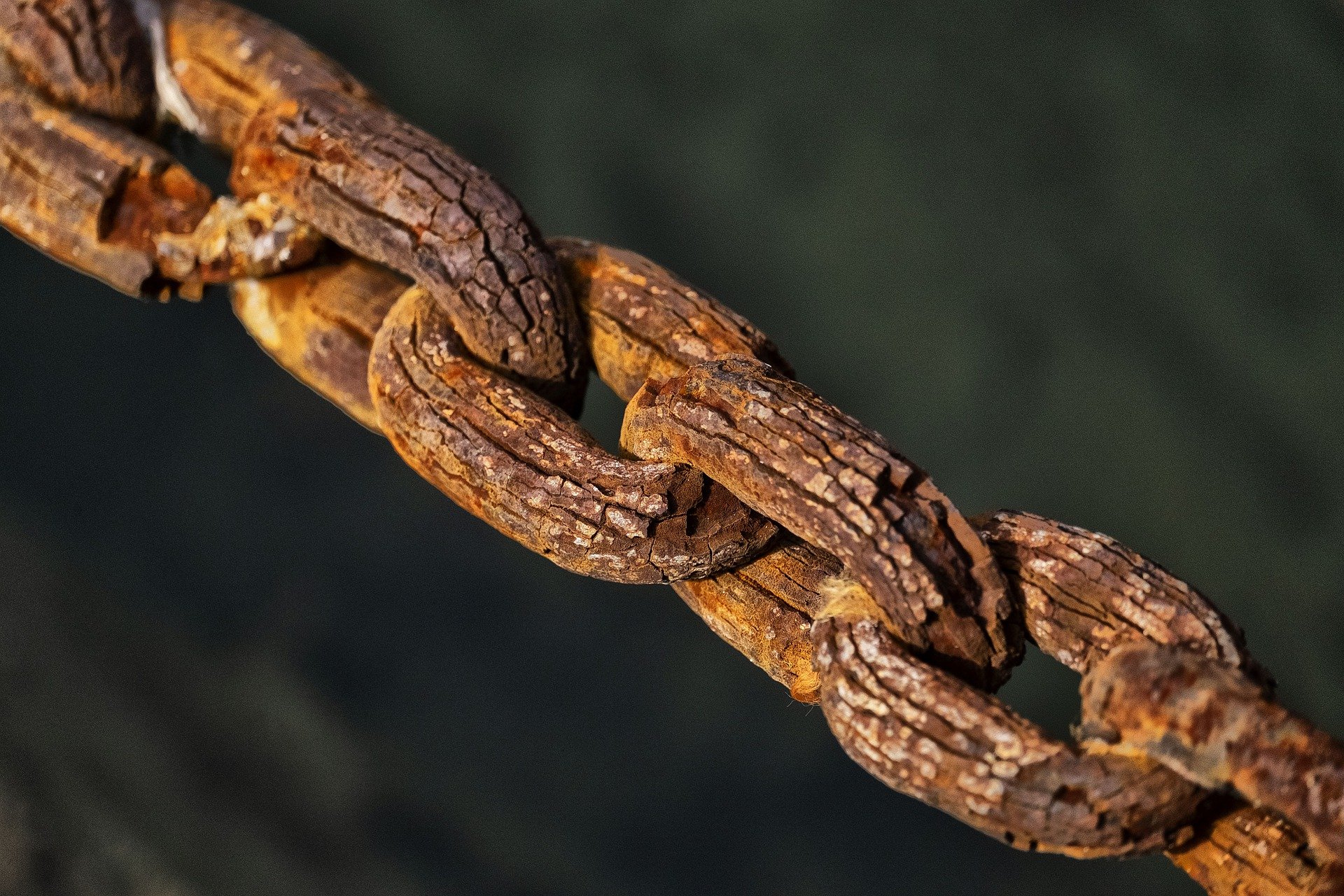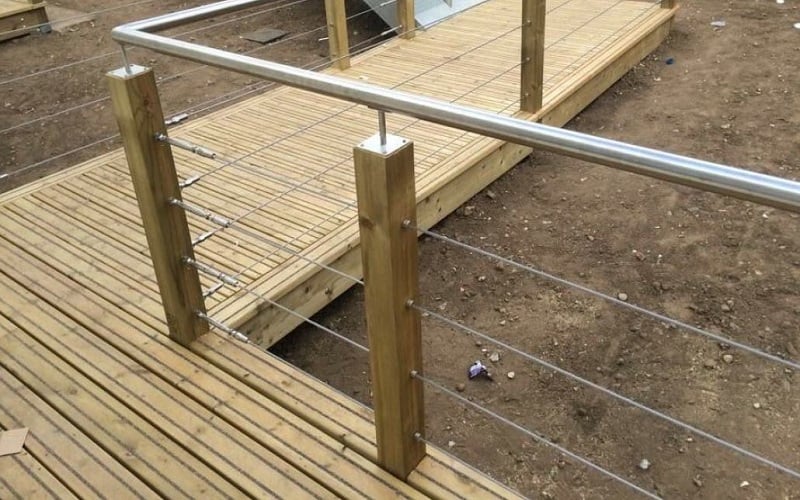
Horizontal cable railings are a trendy option that’s enjoying a comeback as an alternative to metal, wood or glass barriers in residential and commercial properties. Cable railings are horizontal, twisted wire ropes attached to vertical posts made of metal or wood, with a top guard rail for safety and support.
Cable railings are used in place of ‘traditional’ glass and steel balustrades along stairwells, access walkways, balconies, patios and other features. Let’s look at the advantages and drawbacks:
Benefits Of Cable Railing
Cable railings are typically made from stainless steel and attached to wood, steel, or vinyl posts. This makes them versatile enough to suit most architectural styles.
Stainless steel cable rails resist corrosion and are surprisingly budget-friendly, and cable systems can be developed in a range of tensile steels. Their fixing methods, clamps, and turnbuckles are easy to customise, and the cables themselves don’t need much maintenance: just regular tension adjustments and polishing, which employees can normally manage on their own, without needing third party maintenance.
Cable railing can even be attached vertically, providing a guard that gives users total visibility over their environment. Some industrial environments also use railing systems of this nature to expose floor-level lighting and minimise falls.
They’re also popular in marine applications for their weather resistance and durability. Their rigid, heavily-bundled filament/strand/core design has excellent structural integrity. Their tension can accommodate high loads on the posts, and their price is generally cheaper than solid stainless steel, aluminium, or other metal railings.
Drawbacks
Cable railings do have a few drawbacks, the most serious being they have insufficient integrity to prevent serious falls, and they require regular maintenance to preserve tensile strength. Loose cables are a hazard, and their small diameter reduces their visibility when compared to thicker metal filament. The cables themselves may need to be replaced regularly.
Cable Railing Building Regulations
UK Building Regulations include the following specifications relating to cable railing:
- Full-height structural guarding that’s combined with a lower handrail must be 600mm from the top of the second handrail.
- Railing must contrast visually with its background and must not be reflective. This points to one of cable railings’ greatest safety benefits: cables have a matt texture that improves contrast against their surroundings. The small diameter of the cables improves the visibility of the railing itself.
- The end of the railing must be finished in a way that minimises the risk of clothing becoming hooked onto the railing. Cable end fittings are generally rounded and closely positioned to the rail.
- Circular handrails must be a minimum 32- 50 mm in diameter.
- If your building will be used by children under five years of age, guarding must leave gaps of less than 100 mm.
Are Cable Railings Suitable For Your Project?
Despite their fairly minor drawbacks, cable railings are popular in commercial properties and provide the visibility required to supervise work environments. This form of railing can be simple or elaborate, with any number of diverse choices for the top handrail. Steel cables are less brittle than many other railing options, providing reliable safety and customisable good looks. To discuss your requirements, please speak with one of our design engineers by calling 01945 464637.





